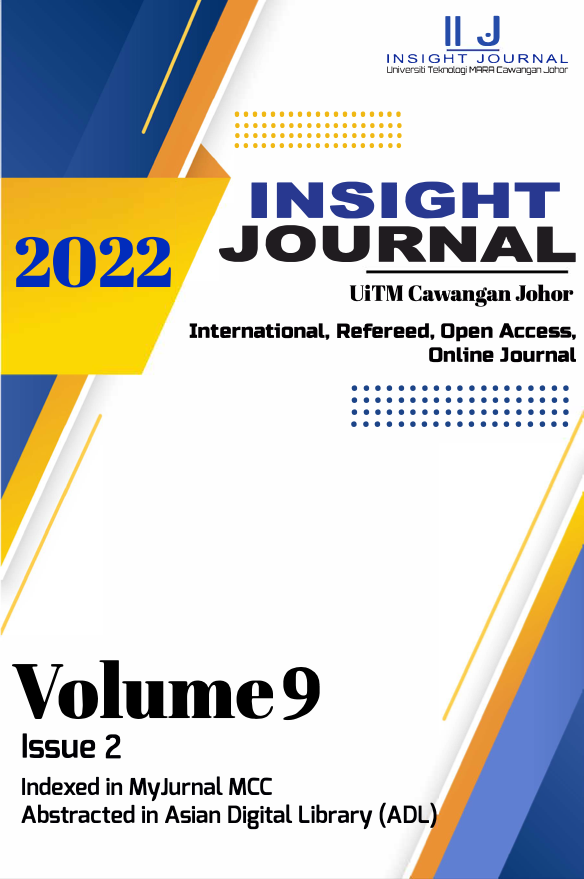Determinants of Profitability
Evidence from Banking Sector in Malaysia
Keywords:
profitability, bank size, liquidity, leverage, capital adequacyAbstract
Profitability, the keyword, refers to a company's capacity to create earnings from sales after paying all necessary costs for a particular time. Every company's management views it as one of their top priorities, and without it, their operations would come to an end. The goal of this paper is to examine and determine factors that impact the profitability of Malaysia's banking sector over the period of 2011- 2020 in a sample of 8 commercial banks listed in Bursa Malaysia. This study employed a panel data and static model which is the Fixed Effect Model to look at the link between bank profitability and the independent variables of bank size, liquidity, leverage, and capital adequacy. The empirical result showed bank size is the only important factor in bank profitability, while liquidity, leverage, and capital adequacy are not significant towards profitability. The data demonstrate that bank size had the biggest influence on bank profitability in Malaysia of all the characteristics studied. These suggested that monitoring credit and liquidity risk is crucial for bank decision-makers and should be taken into account to diversify resources and cut costs.







